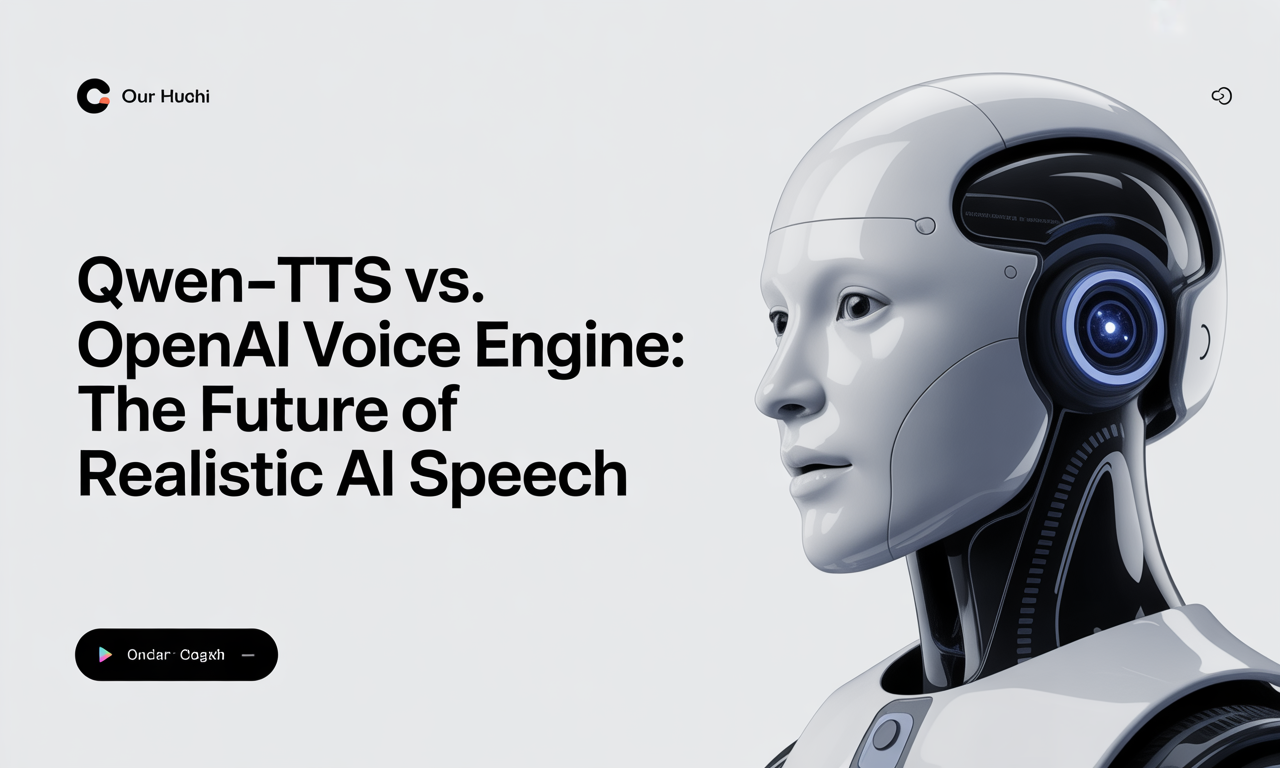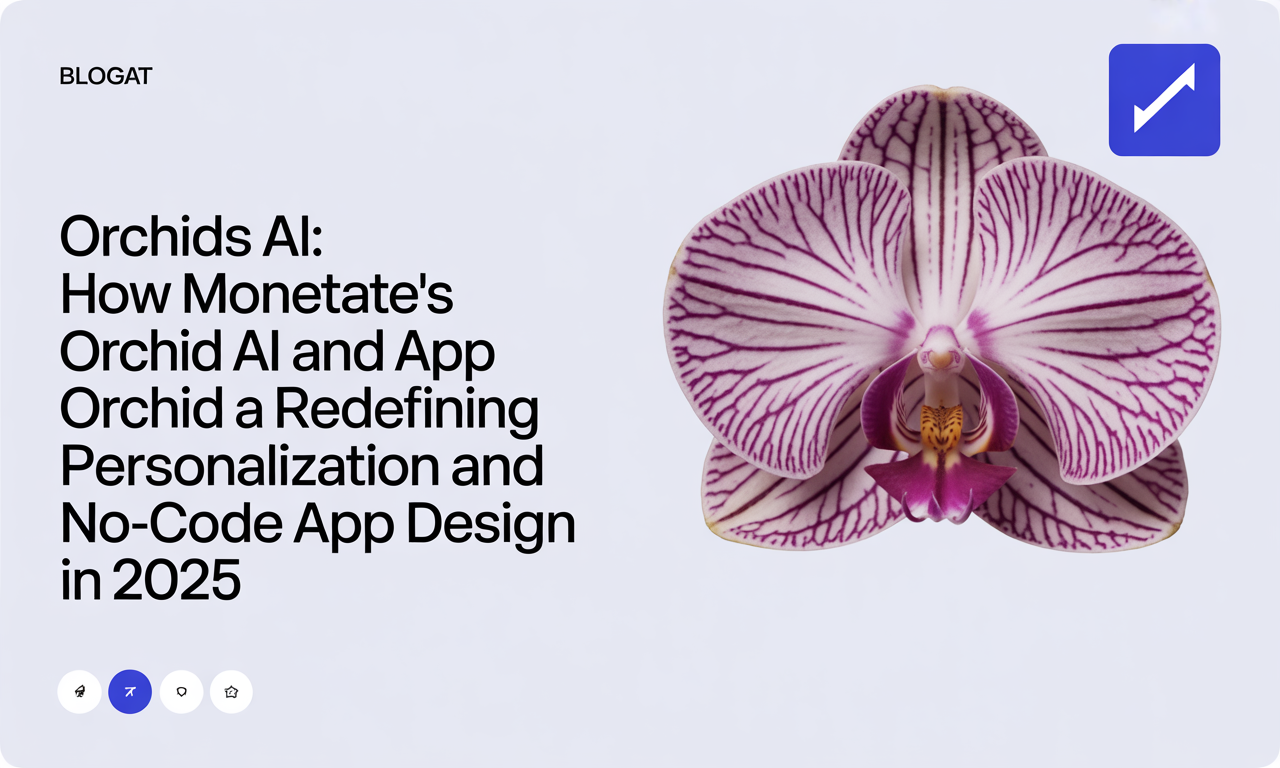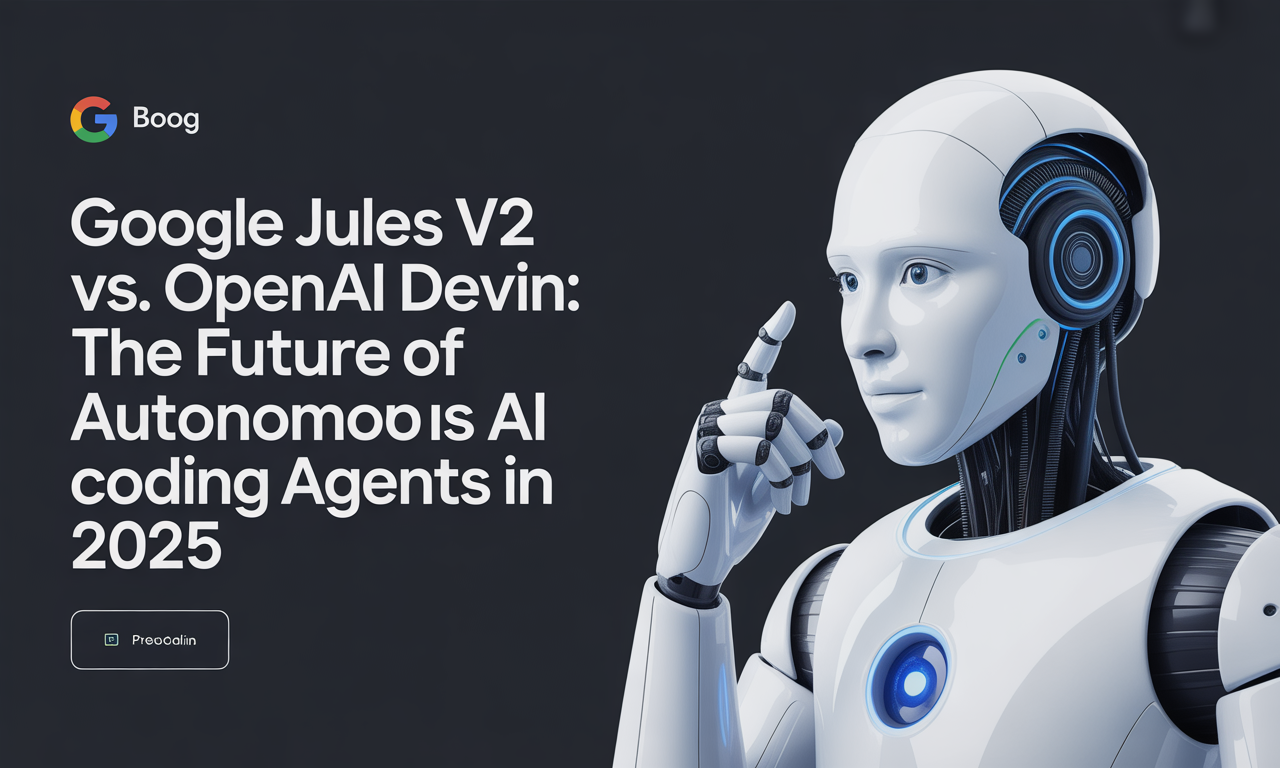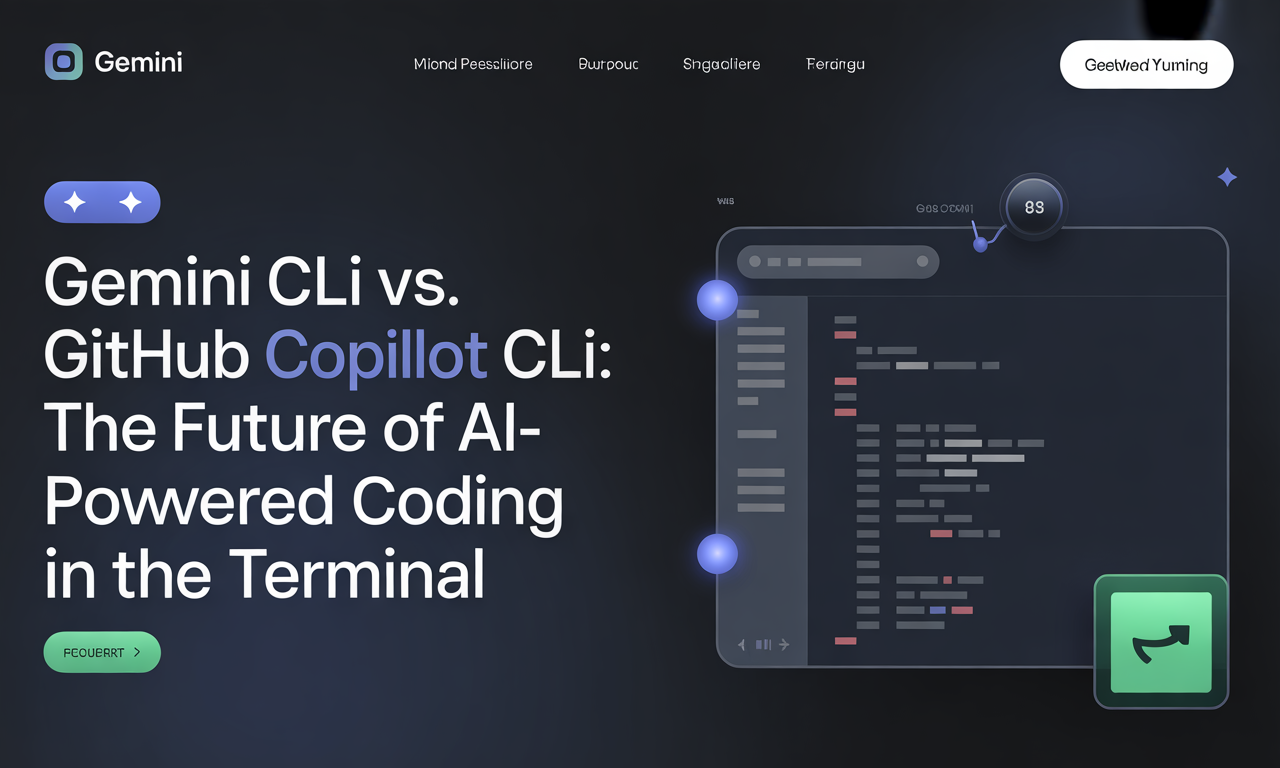Qwen-TTS vs. OpenAI Voice Engine: The Future of Realistic AI Speech
The landscape of synthetic speech is evolving at a breathtaking pace, with two cutting-edge technologies leading the charge in 2025: Qwen-TTS from Alibaba Cloud and the OpenAI Voice Engine. These platforms are redefining how machines speak, bringing us closer than ever to lifelike, expressive, and accessible AI voices. Whether for global businesses, accessibility solutions, or creative media, the race to perfect realistic AI speech is heating up. In this post, we delve deep into the strengths, distinctions, and future outlook of Qwen-TTS and OpenAI Voice Engine to help you understand which might power the next generation of voice-enabled applications.
The Foundations: Core Technologies and Capabilities
Qwen-TTS: A Masterpiece in Multilingual and Dialect Speech Synthesis
Launched in June 2025, Qwen-TTS is a state-of-the-art text-to-speech system designed to handle complex multilingual inputs with remarkable fluency. Its standout features include:
- Multilingual & Dialect Mastery: Beyond standard Chinese and English, Qwen-TTS supports code-switching between these languages and uniquely synthesizes three Chinese dialects—Pekingese, Shanghainese, and Sichuanese. This makes it exceptionally effective for culturally nuanced content and regional audiences.
- Bilingual Voice Profiles: With seven preset bilingual voices (e.g., Cherry, Ethan, Serena), developers can choose from a palette of emotional and tonal styles tailored for branding or user engagement.
- Human-Level Expressiveness: Trained on millions of hours of speech data, Qwen-TTS automatically adjusts prosody, pacing, and emotional inflections to deliver natural, expressive audio that resonates with listeners.
- Fast Streaming & Batch Processing: It offers sub-100 millisecond latency during streaming, enabling real-time interaction for voice assistants, live broadcasts, and multimedia content generation.
- Token-Based Audio Encoding: Every second of generated audio maps to 50 tokens, allowing predictable performance and granular developer control.
- API Access & Expansion: Available via API, Alibaba continues expanding its language and style repertoire to serve global markets.
OpenAI Voice Engine: Personalization and Ethical AI Speech Innovation
Since its public introduction in early 2024, the OpenAI Voice Engine has emphasized personalization and responsible deployment:
- Voice Cloning from Minimal Samples: OpenAI’s engine can create a near-perfect synthetic voice based on just a 15-second audio sample, replicating nuances of the original speaker’s style and tone.
- Diverse Use Cases: It powers reading assistance, multilingual content translation, healthcare-related voice recovery, and accessibility tools for non-verbal users.
- Strong Ethical Framework: OpenAI prioritizes safety with strict policies requiring explicit consent for voice cloning, watermarking AI-generated audio, proactive misuse monitoring, and a “no-go” list to prevent harmful applications.
- Pricing Transparency: Users have clear pricing tiers—Standard TTS at $0.015 per 1,000 characters and High-Definition TTS at $0.030 per 1,000 characters—with support for up to 4,096 characters per request.
- Seamless Ecosystem Integration: The Voice Engine integrates smoothly with other OpenAI models like Whisper (transcription) and GPT-4o (conversational AI), enabling multimodal applications.
Feature Face-Off: Qwen-TTS vs. OpenAI Voice Engine
| Feature | Qwen-TTS (Alibaba) | OpenAI Voice Engine |
|---|---|---|
| Languages Supported | Chinese, English, code-switched input, 3 Chinese dialects | Primarily English, some multilingual demos |
| Voice Cloning | Preset bilingual & dialect-specific voices | Custom cloning from 15-second audio sample |
| Expressiveness | Human-level naturalness with auto prosody & emotion | High naturalness mimicking original speaker |
| Streaming Output | Yes, sub-100 ms latency | Yes, real-time output |
| Batch Output | Yes | Yes |
| API Access | Yes | Yes |
| Safety/Ethics | Not extensively detailed | Strong focus on consent, watermarking |
| Pricing | Not disclosed | $0.015–$0.030 per 1,000 characters |
| Use Cases | Voice assistants, global multimedia, education | Accessibility, translation, healthcare |
What Sets Them Apart? Key Differentiators
1. Multilingual and Dialect Support
- Qwen-TTS leads with deep linguistic versatility, particularly for Chinese markets. Its ability to handle code-switching and dialect-specific inflections provides an authentic listening experience unattainable by many competitors.
- OpenAI Voice Engine focuses more on English but shows promise with multilingual demos. Its strength lies more in voice personalization than in dialect diversity.
2. Expressiveness and Naturalness
- Qwen-TTS excels in automatic emotional modulation, adjusting speech rhythm, intonation, and emotional tone dynamically based on input context. This makes it ideal for storytelling, education, and entertainment.
- OpenAI Voice Engine delivers highly natural speech by cloning an individual’s voice characteristics, capturing unique speech patterns and style from minimal input.
3. Ethical Safeguards and Safety
- OpenAI is the clear leader with a comprehensive ethical approach, including mandatory consent, AI voice watermarking, and active misuse prevention—critical in today's climate of misinformation and deepfake concerns.
- Qwen-TTS’s safety policies are less publicly detailed, leaving some questions about its approach to potential misuse.
4. Latency and Performance
- Qwen-TTS promises sub-100 ms latency, making it well-suited for real-time voice interactions.
- OpenAI Voice Engine supports real-time speech generation, though specific latency metrics are not publicly stated.
5. Pricing and Accessibility
- OpenAI offers transparent, usage-based pricing, helping developers and businesses forecast costs accurately.
- Qwen-TTS pricing remains undisclosed, making direct cost comparisons difficult.
Why Realistic AI Speech Matters in 2025
The jump from robotic, monotone TTS to expressive, human-like speech opens vast new possibilities:
- Global Reach with Cultural Nuance: Qwen-TTS shows how dialectal and bilingual support can break language barriers, offering localized experiences that resonate authentically with diverse audiences.
- Personalized User Experiences: OpenAI’s voice cloning enables deeply personal digital assistants, content creators, and accessibility tools that speak in familiar, trusted voices.
- Ethical Responsibility: As synthetic voices become indistinguishable from real ones, safeguarding against misuse—such as unauthorized impersonation—becomes paramount.
- Multimodal AI Ecosystems: Combining speech with transcription, translation, and conversational AI will transform how we interact with devices, services, and content.
Actionable Takeaways for Developers and Businesses
If you’re considering integrating realistic AI speech into your applications or services, here’s what to keep in mind:
-
Define Your Language Needs:
- For multilingual or dialect-heavy projects, especially involving Chinese, Qwen-TTS is currently unmatched.
- For English-centric applications with a need for voice cloning or personalization, OpenAI Voice Engine is optimal.
-
Consider Expressiveness Requirements:
- Use Qwen-TTS if you need nuanced emotional expression and prosody adjustment out-of-the-box.
- Opt for OpenAI when replicating a specific speaker’s voice or style is crucial.
-
Prioritize Safety and Ethics:
- If your application involves sensitive use cases (healthcare, media, public-facing platforms), OpenAI’s ethical safeguards provide added peace of mind.
- Monitor forthcoming safety features from Qwen-TTS if you choose that platform.
-
Evaluate Latency Needs:
- For live, interactive voice assistants or broadcasting, Qwen-TTS’s low latency is a strong advantage.
- OpenAI supports real-time output but confirm latency benchmarks for your specific use case.
-
Budget Transparency:
- OpenAI’s clear pricing helps with cost planning.
- For Qwen-TTS, request pricing details directly to assess feasibility.
The Road Ahead: Future Trends in AI Speech Synthesis
As AI speech technologies mature, expect several exciting developments:
- Expanding Language and Dialect Coverage: Qwen-TTS’s leadership in dialect diversity will likely spur other platforms to broaden language support, making digital voices truly global.
- Hyper-Personalized Voices: OpenAI’s voice cloning technology may evolve to offer real-time voice adaptation and emotional nuance tailored to individual users.
- Stronger Ethical Protocols: Watermarking and consent mechanisms will become industry standards to combat misuse and build user trust.
- Integrated AI Ecosystems: Voice synthesis will increasingly link with AI transcription, translation, and dialogue systems to create seamless, multimodal human-computer interactions.
- More Accessible AI Speech: Pricing models and API availability will continue to improve, empowering startups, educators, and creators worldwide.
Conclusion: Navigating the Future of AI Speech
Both Qwen-TTS and OpenAI Voice Engine represent the pinnacle of AI-driven text-to-speech technology in 2025, each bringing unique strengths to the table.
- If your focus is on multilingual richness, dialect authenticity, and expressive emotional delivery, Qwen-TTS offers unparalleled capabilities—especially for applications targeting the Chinese-speaking world and bilingual audiences.
- For projects demanding custom voice cloning, ethical safeguards, and integration within a broader AI ecosystem, OpenAI Voice Engine remains a premier choice with transparent pricing and a strong safety-first approach.
As AI voice technology continues to evolve, the best approach is to assess your project’s specific linguistic, expressive, ethical, and latency needs—and choose a platform aligned with those priorities. By doing so, you can harness the power of realistic AI speech to create engaging, trustworthy, and accessible voice experiences that resonate deeply with your audience.
Ready to transform your applications with cutting-edge AI speech? Explore both Qwen-TTS and OpenAI Voice Engine APIs today and discover which voice best tells your story.



